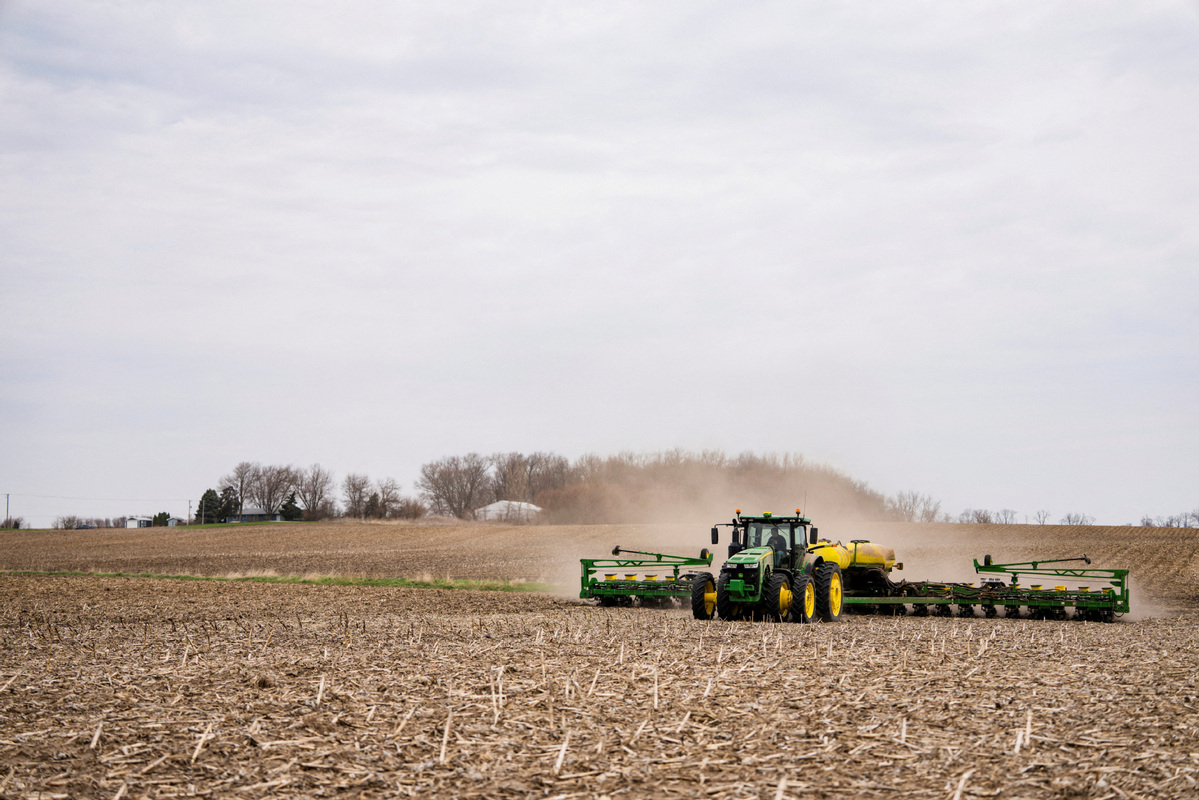Small farms hit hard by trade tensions


Small farmers across the United States are facing growing financial distress, with bankruptcies reaching a five-year high in the first half of this year amid high interest rates, new tariffs, and falling agricultural exports to China.
According to data analyzed by Bloomberg, 173 farms filed for Chapter 12 bankruptcy protection from January to June, marking a 63 percent year-on-year increase and the highest figure since 2020. Chapter 12 is a specific form of bankruptcy designed for "family farmers" and "family fishermen".
The last comparable peak occurred in the first half of 2020, when 276 small farms filed for bankruptcy during the height of Trump's first trade dispute with China.
Legal firms specializing in farm debt restructuring have reported a noticeable uptick in cases, Bloomberg reported, as more producers seek protection from creditors.
The US Department of Agriculture projects total farm sector debt will rise 3.7 percent in 2025, reaching $561.8 billion.
Tariff tensions initiated by the US have worsened the situation. In April, the Trump administration raised tariffs on Chinese imports to the prohibitive level of 145 percent.
China responded by raising duties on many US farm products to as high as 125 percent. Although both countries later scaled back some of the tariffs in May, the damage to US farmers had already been done, with months of lost export orders and deteriorating cash flow.
Soybean, corn and pork producers have been particularly hard hit. As China turned to other global suppliers, especially in Latin America, during Trump's first trade war, demand for US agricultural exports declined significantly.
In 2016, when Trump began his first term, Brazil accounted for 46 percent of China's soybean imports. The share had climbed to 71 percent by 2024. In contrast, US soybean exports to China decreased by 34 percent over the same period, according to an Investigate Midwest analysis.
The shift in global trade patterns has caused a glut of agricultural commodities in the US domestic market, further depressing prices and putting pressure on farm incomes.
States like Illinois, Iowa and Minnesota, the nation's top soybean exporters, have been among the most affected, as they rely on international buyers to keep commodity prices stable and local economies afloat.
Many small farmers report that they are exhausting their cash reserves, unable to cover costs or secure new credit, and see little hope of a quick recovery due to the loss of major export markets and ongoing tariff uncertainty.

































